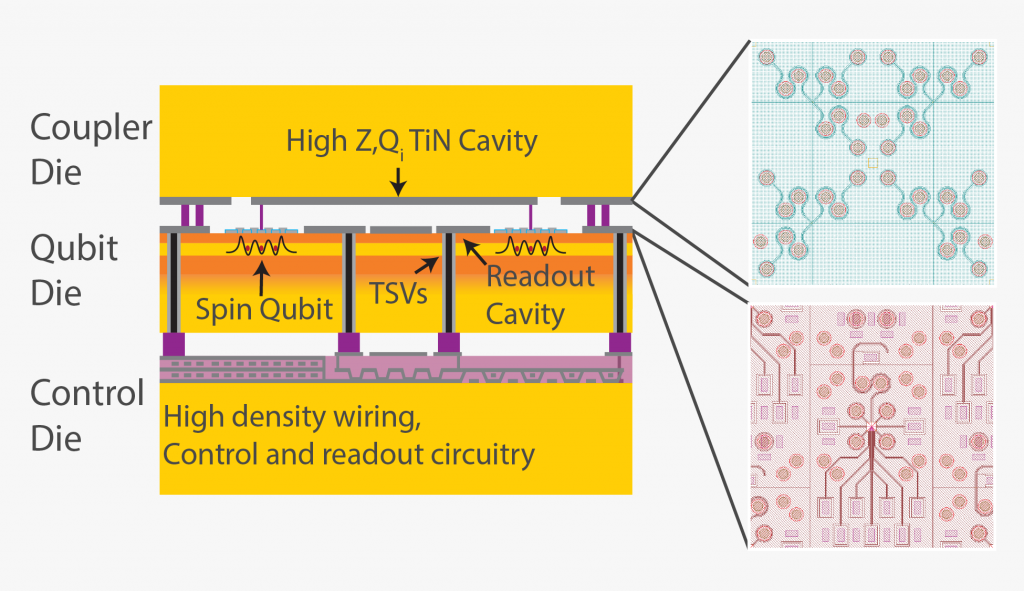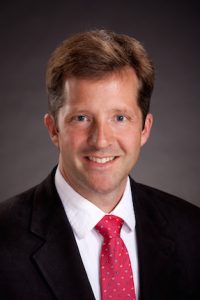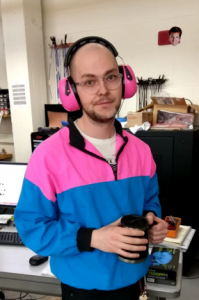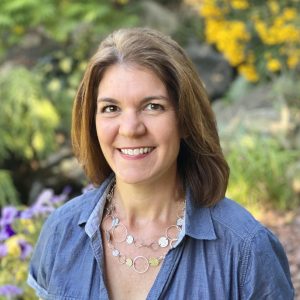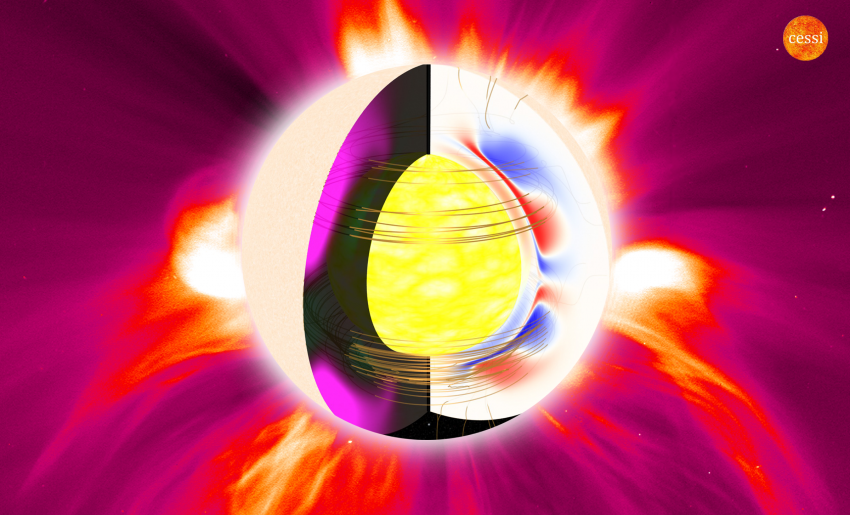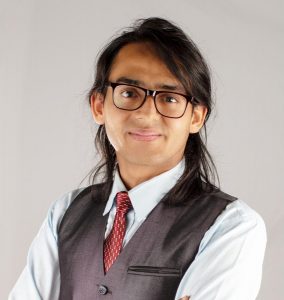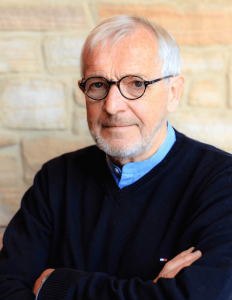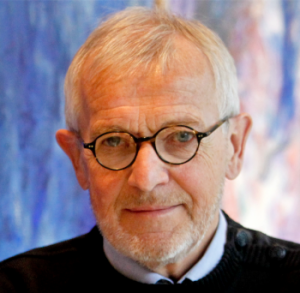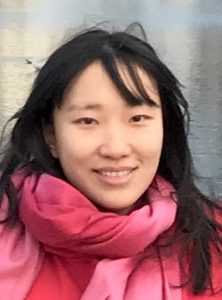
This story was adapted from one originally published by HQAN
Over the past summer, the NSF Quantum Leap Challenge Institute for Hybrid Quantum Architectures and Networks (HQAN) offered a 12-week “Research Experiences for CSU Students” internship opportunity that provided students and recent graduates from Chicago State University (CSU) with virtual research experiences addressing quantum science topics. In an August 20 online poster session, students presented the results of their summer projects to HQAN’s university and industry partners.
Mallory Conlon, HQAN’s outreach program coordinator and the quantum science outreach program coordinator with the UW–Madison department of physics, explained that this year’s program was the pilot offering. “We wanted to make sure we had the support and activity structures right before expanding this to more [minority serving institutions] (MSIs) and other underrepresented groups across the Midwest. We’re currently evaluating the program and aim to develop an expanded internship for summer 2022.” For the pilot, CSU was chosen as the sole participating MSI because of its proximity to the University of Chicago (one of HQAN’s three university partners), and because of HQAN staff connections to CSU.
The posters presented on August 20 included Anosh Wasker’s “Quantum Games for Pedagogy” (advised by Russell Ceballos of the Chicago Quantum Exchange); Dominique Newell’s “Super-Resolution Microscopy Using Nitrogen Vacancy Centers in Diamond to Analyze the Optical Near Field Diffraction Limit” (advised by Shimon Kolkowitz of the University of Wisconsin–Madison); Gabrielle Jones-Hall’s “Demonstrating Entanglement” (advised by Paul Kwiat of the University of Illinois at Urbana-Champaign (UIUC)); and Ryan Stempek’s “Quantum vs. Classical Boltzmann Machines for Learning a Quantum Circuit” (advised by Bryan Clark of UIUC).
Wasker is pursuing a Master’s at CSU; his long-term goals are to go for a PhD and then work in industry. Over the summer, he developed an air-hockey-inspired computer game that teaches players some of the counterintuitive concepts involved in quantum—particularly the Hong-Ou-Mandel (HOM) effect. He says he’s passionate about quantum science and has noticed that many opportunities are coming up in the field, but that it’s difficult for people to find “access points” into learning about this intimidating topic so that they can seize those opportunities. His summer project was inspired by his belief that learning through play is a powerful way to gain understanding.
Newell recently graduated from CSU with a BS in physics, with a minor in chemistry. She spent the summer studying the propagation of light through a laser beam that travels through a nitrogen vacancy center in diamond, as observed through a confocal microscope. The goal was to locate the zero intensity points above and below the focal plane of a Gaussian beam by using its own electromagnetic field.
Jones-Hall is now in graduate school at Mississippi Valley State University. She’s working towards a Master’s in Bioinformatics but plans to return to quantum after completing that degree, so her internship project—which worked on developing a quantum-themed escape room designed to teach players the concept of quantum entanglement—will be relevant to her later work.
Stempek will graduate in December with a Master’s in computer science and then work in industry. His summer project aimed to show that a quantum Restricted Boltzmann Machine (Q-RBM) has the potential to learn the probability distribution over a set of inputs more accurately than a classical RBM (C-RBM) can for the same circuit. He says the internship was a great opportunity for him to further build his Python skills and problem-solve through the ups and downs of research. “[It] was really beneficial,” he says, “and actually, moving into industry, I feel that I’ll have a greater sense of self-confidence… It was a great experience!”
HQAN is a partnership among the University of Chicago, UIUC, and the University of Wisconsin–Madison and is funded by the National Science Foundation.
